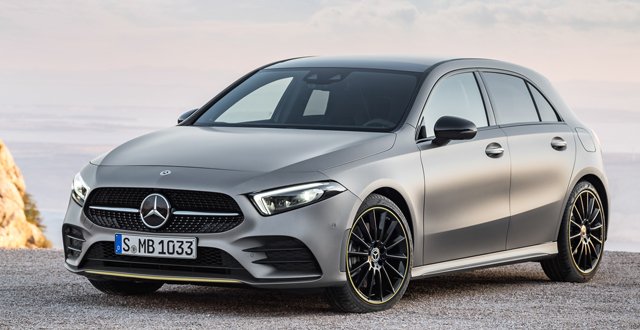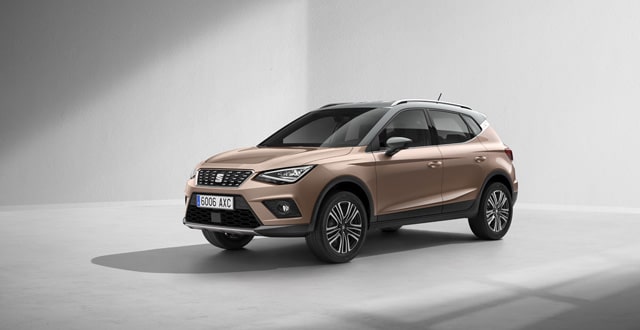early 20 years ago I tested the first A-Class. It was a significant step forward for Mercedes in entering the small car market and introducing new technology, such as the ‘sandwich floor’, which allowed the engine and gearbox to ‘submarine’ under the car in the event of a significant collision. It was Mercedes’ first front-wheel-drive car, famously failing the Elk test, yet to their credit, Mercedes spent a fortune getting it right.
I wasn’t mad about the car and a few bits fell off whilst in my care. Of course, I was blamed and I gave it a lukewarm report. The car became a best-seller.
Once again, I am trusted with the A Series from Mercedes. It is now in its fourth generation, and things have moved on significantly. The design is not as radical mechanically, but it is electronically. Mercedes’ reliability has improved in leaps and bounds, so nothing fell off or rattled during my week abusing — sorry, testing — the car.
It is much more than an evolution from the previous car, being stretched in several directions, resulting in more head- and leg-room, as well as a class-leading 37 litres of boot space.
The sandwich floor is long gone, but it is much more conventional in design. It is a VW Golf rival. Marketing has aimed the car at the younger generation. I felt the car would also do well as a step-down vehicle for those of us advancing in years who are downsizing and, say, moving back to town from the country.
Anyway, I’m told that the car is designed and programmed to allow for an ability to learn with its artificial intelligence, which can be individualised to adapt to suit the user.
Apparently, this provides an emotional connection to the vehicle. It’s a bit like us and our smartphones (I wonder, will we become totally attached to our ‘smart cars?’)
Funnily enough, I have loved several of my older cars and, if allowed, I would buy them again (if I had the space). However, I never had any artificial intelligence to help me bond with the car. I can use the media system to connect with my iPhone and play whatever I have on it — a big step forward for me. It can also connect to the Internet through my phone. This facility is referred to as the ‘MBUX’, or ‘Mercedes Benz User Experience’.
Like any computer, I’d probably need a teenager to show me how to fully use it. Personally, I can see where they are coming from, just looking around at any medical meeting and seeing how many people remain connected to their phones during talks.
The A-Class also has technology inherited from the ‘Gold standard’ — the innovator of many motoring firsts, the S-Class. In certain situations (ie, certain options!) it has semi-autonomous driving, giving it “the highest level of active safety in this segment”. I am told it can adjust the speed for certain corners using mapping technology, such as for bends and roundabouts.
Most people buy a Mercedes for ride quality. We have an expression in our house: ‘You won’t get a ride in anything else as good as you get in a Mercedes.’ But the A Class has a shorter wheel base than the E- and C-Class cars, rides on low-profile tyres and had a lowered, albeit ‘comfort’, suspension. In saying that, it is very good for what limitations it has.
Despite being rated at 110bhp from its 1.5-litre diesel engine, I found the A-Class quite lively.
Economy was good; despite the extensive testing, I managed 5.4l/100k, or 52mpg in ‘old money’.
The A-Class comes well-equipped, with reversing camera, lane-keeping assist, rain-sensing wipers and a lovely leather multi-function steering wheel. The seat material is what is called ‘artificial leather’. I’ve no idea how different that is to the old-fashioned vinyl we had in my dad’s old cars.
Overall, the A-Class is a very good car. I got fonder of it as the week went on. I often wonder how people make a decision on cars when I can be so undecided, and it can take me a few hundred kilometres to make my mind up. However, you now have me to thank when you decide to get one and enjoy it.









Leave a Reply
You must be logged in to post a comment.